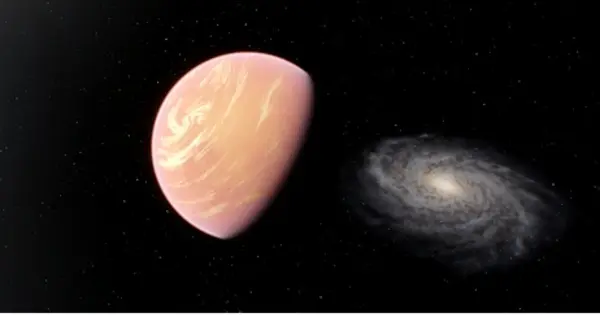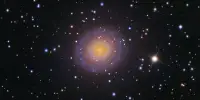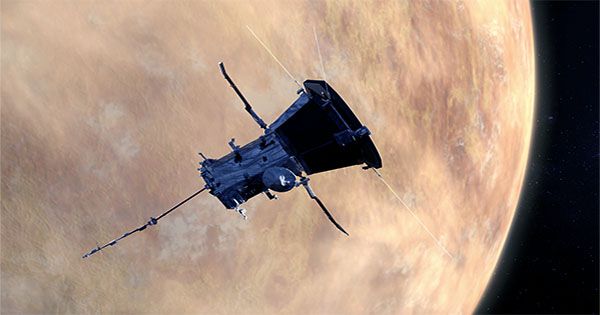47 Ursae Majoris b is a gas planet and extrasolar planet located in the constellation Ursa Major, approximately 46 light-years from Earth. It’s an exoplanet that orbits a G-type star. In January 1996, the planet was discovered in a long-period orbit around the star 47 Ursae Majoris, and as of 2011, it is the innermost of three known planets in its planetary system. It has a mass of 2.53 Jupiters, takes 3 years to complete one orbit of its star, and is located 2.1 AU away from it. It has at least 2.53 times the mass of Jupiter. It was discovered in 1996 and announced.
Name
The International Astronomical Union launched NameExoWorlds in July 2014, a process for naming exoplanets and their host stars. The new names were chosen through public nomination and voting. The IAU announced in December 2015 that the winning name for this planet was Taphao Thong. The Thai Astronomical Society of Thailand submitted the winning name. Taphaothong was one of two sisters in a Thai folk tale.
Discovery
Taphao Thong was discovered by detecting changes in its star’s radial velocity as the planet’s gravity pulls the star around. This was accomplished by observing the Doppler shift of Chalawan’s spectrum. Following the discovery of the first extrasolar planet, Dimidium, around a Sun-like star, astronomers Geoffrey Marcy and R. Paul Butler searched their observational data for signs of extrasolar planets and soon discovered two: Taphao Thong and 70 Virginis b. Taphao Thong was discovered in 1996.

Orbit and mass
47 Ursae Majoris b orbits at a distance of 2.10 AU from its star, taking 1,078 days or 2.95 years to complete a revolution. It was the first long-period planet around a main sequence star to be discovered. Unlike the majority of known long-period extrasolar planets, the eccentricity of the orbit of 47 Ursae Majoris b is low.
The radial velocity method used to detect 47 Ursae Majoris b has the limitation of only providing a lower limit on the planet’s mass. Preliminary astrometric measurements from the Hipparcos satellite indicate that the planet’s orbit is inclined at an angle of 63.1° to the plane of the sky, implying a true mass that is 12% greater than the lower limit determined by radial velocity measurements. However, further investigation of the data reduction techniques used suggests that the Hipparcos measurements are not precise enough to adequately characterize the orbits of substellar companions, and the true inclination of the orbit (and thus the true mass) is considered unknown.
Physical characteristics
Given the planet’s mass, 47 Ursae Majoris b is most likely a gas giant with no solid surface. Because the planet was only discovered indirectly, properties such as its radius, composition, and temperature are unknown. Because of its mass, it is likely to have a surface gravity 6 to 8 times that of Earth. Assuming a composition similar to Jupiter and an environment close to chemical equilibrium, the upper atmosphere of the planet is expected to contain water clouds rather than the ammonia clouds typical of Jupiter.
Although 47 Ursae Majoris b is outside its star’s habitable zone, its gravitational influence would disrupt the orbits of planets in the habitable zone. Furthermore, it may have hampered the formation of terrestrial planets and reduced the delivery of water to any inner planets in the system. Planets in the habitable zone of 47 Ursae Majoris are thus likely to be small and dry.
It has been proposed that light reflections and infrared emissions from 47 UMa b, combined with tidal influence, could warm any moons in orbit around it enough to make them habitable, despite the planet being outside the normally accepted habitable zone.
















